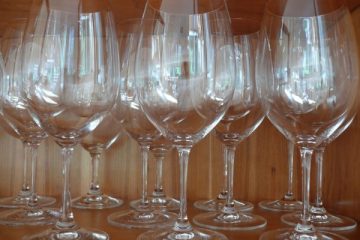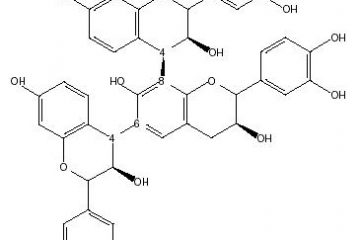In Montefalco, they’re bringing Sagrantino back and creating a new “must see” wine country. Ah, Tuscany... storied land of rooms with views, Florentine frescoes and home of the wine that Hannibal Lecter likes to pair with liver. But did you know that right next door in Umbria you get the
Palate Press has selected our top ten stories from 2012 and will publish a 2012 Redux article each weekday until January 4, 2013. These stories highlight our featured columnists, widely recognized contributors, and most popular works published through the year. The Palate Press editorial board hopes you enjoy these highlights
It’s a flavor! It’s a feeling! It’s an airplane! No, it’s astringency! On the surface, astringency seems like pornography. It’s easy to recognize, even if it’s difficult to define. The problem is that it isn’t really all that easy to recognize. In wine, astringency is easily and often confused with
This being a manifesto against use of the word “dry” in relationship to wine, I herewith present ten points on why “dry” should be banned from all wine-related speak. Some people use “dry” as the opposite of “sweet” in relation to the amount of residual sugar in wine. Wine with
Pour a glass for each of us. Now, what does this wine taste like? You get apricot, I get peach. You like the acidity, I think it’s too much. You get a whiff of spearmint, I think it smells like wet stone and sage. But we agree it’s great with
This fourth growth did not receive rave reviews en primeur or upon release, but it is truly coming into its own in late 2010. Formerly known for viciously tannic wine, Lafon-Rochet added more merlot to the mix for a much-read more-
Very soft wine with sweet tannins and ripe red fruits. Florals follow the dark cherry and plum, rose and lavender. Fruits and tannins slightly overbalance the acid - not enough to be flabby, just rich. However, it is a hint-read more-
Deep opaque colors, inky black in the depths. The mouth feel is very soft, the fruits soft and supple. Blackcurrant is mellowed by deeper black fruits, mulberry and elderberry. It also has hints of eucalyptus and mint. Tannins are sweet,-read more-




